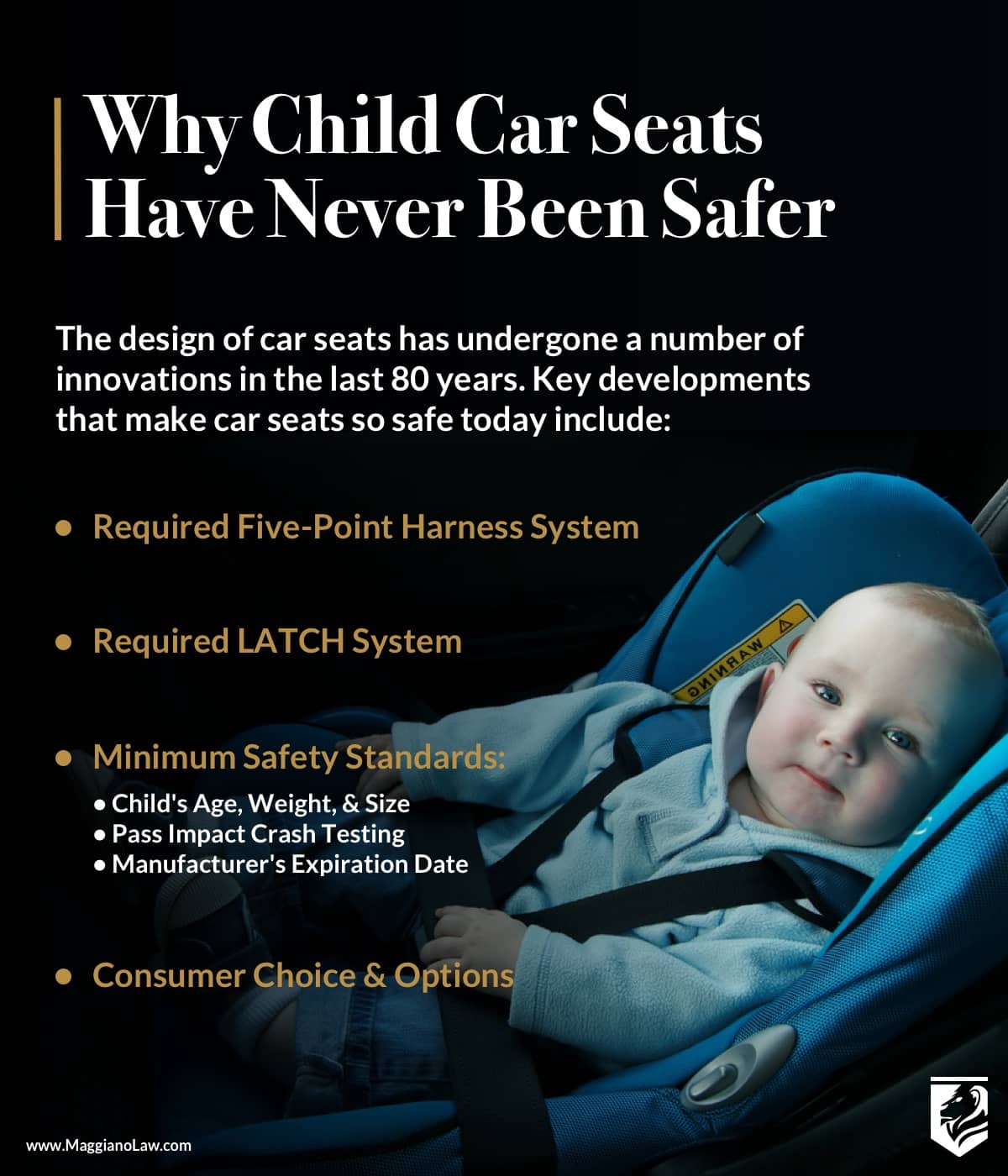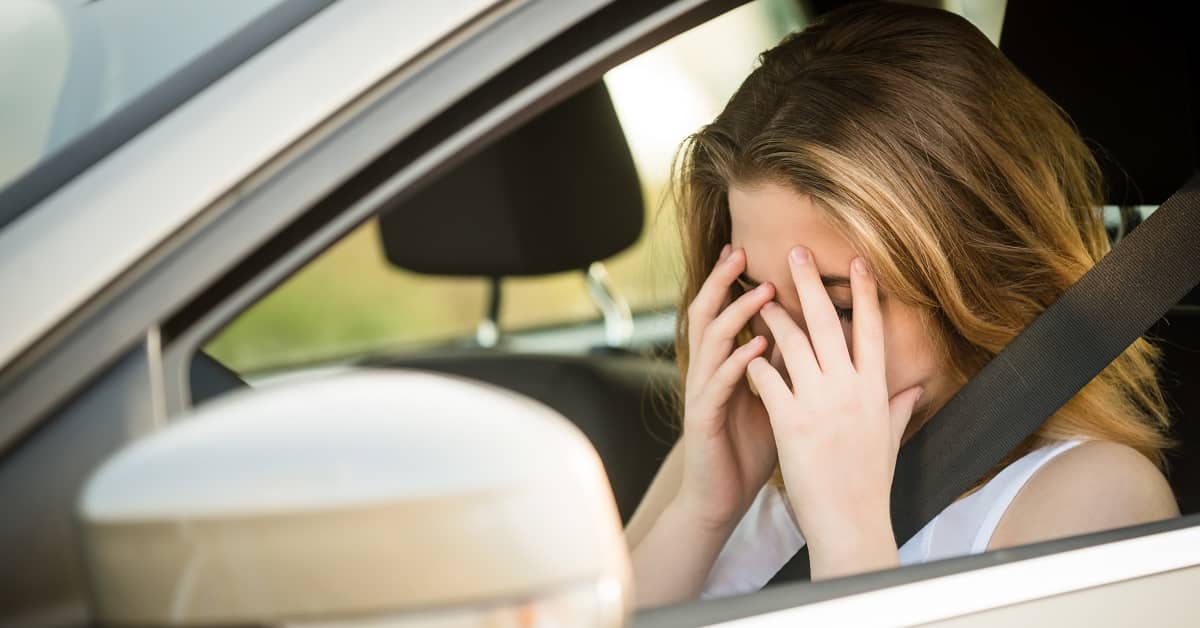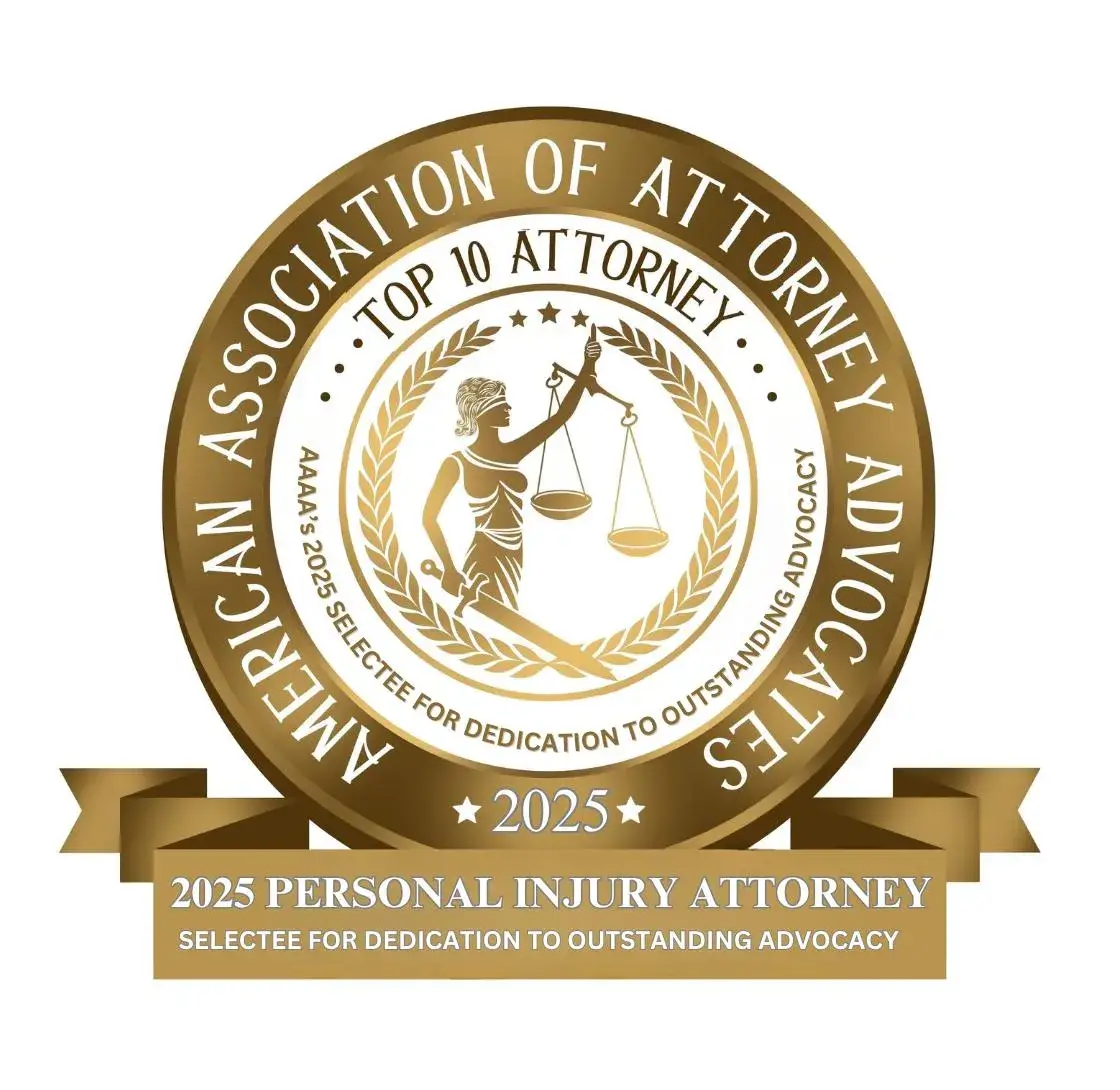
The Evolution of Child Car Seats in America
When a parent buckles a child into a car seat today, it seems routine. But the story of how these seats came to exist and how they have changed over time matters. The evolution of child car seats in America tells us more than just a timeline.
It shows how families, safety advocates, lawmakers, and manufacturers responded to growing concerns over how children ride in cars.
How have child car seats evolved in America?
The history of child car seats shows how far we’ve come in protecting young passengers. Here’s how safety improved over the decades:
- 1930s–50s: First car seats focused on convenience, not safety—no crash protection.
- 1960s–70s: Early innovators like Jean Ames introduced harnesses and rear-facing designs, shifting focus to child safety.
- 1980s: Laws required car seat use in nearly all states; booster seats gained popularity.
- 1990s: Safety standards tightened with 5-point harnesses and crash-tested designs.
- 2000s: LATCH system introduced; seats became easier to install and adjust.
- Today: Modern seats include smart tech, side-impact protection, and fit infants to preteens.
The First Car Seats Were Not About Safety
In the 1930s, child car seats were made for convenience, not protection. Parents used them to keep children in one place during a drive. These early models were made of fabric or metal and were often placed in the front seat.
These seats became more common during the 1940s and 1950s. However, using them for crash protection was still not a priority. Holding a child or using a regular seat belt was seen as good enough.
Early car seats had three main traits:
- No crash protection features
- Simple materials like canvas, leather, or wire
- Positioned in the front seat near the driver.
They looked helpful, but did very little to reduce harm in an accident.
The 1960s and 70s: The Shift Begins
In the 1960s, Americans began to focus more on safety. With more vehicles on the road, crashes became more common. Children were at risk. Around this time, seat belts for adults became standard, which raised new questions about how to protect children.
In 1962, Jean Ames and Leonard Rivkin introduced new ideas for safer child restraints. Ames designed a rear-facing seat with a harness. Rivkin developed a metal-framed seat that offered actual crash protection.
Important ideas took hold:
- Rear-facing car seats entered the discussion
- Harness systems became part of the design
- The goal shifted from control to protection.
Still, there were no laws requiring car seat use. Manufacturers offered safer designs, but it was up to parents to buy and use them. Adoption was slow, and awareness was limited.
Car Seat Laws Begin in the 1980s
The 1980s brought a major shift in how people thought about child passenger safety. By 1985, every state except one had passed a law requiring car seats for young children.
Parents started to see these seats as necessary. Companies responded with improved materials and better designs. Instructions were clearer, and government rules shaped how products were made.
This decade introduced:
- Legal requirements in nearly all states
- More widespread use of booster seats
- Federal crash testing that influenced design.
Even with new laws, many seats were still misused. Car seats were often installed loosely or with straps in the wrong position. Groups began offering demonstrations and checks to help parents use them the right way.
Safety Standards Improve in the 1990s
In the 1990s, car seat use became more common. But researchers and officials knew that just using a seat was not enough. It had to be the correct one, installed properly, and used every time.
The National Highway Traffic Safety Administration issued more testing requirements. Car seat makers had to prove their products worked in crash conditions. This led to better safety for children across all age groups.
This era introduced:
- 5-point harness systems as a new standard
- Seats that supported larger children
- Greater attention to fit and function.
Three common types of car seats became familiar to families:
Infant Seats: Rear-facing only, for babies up to about 22 pounds
Convertible Seats: Can face rear or forward, used into toddler years
Booster Seats: Lift the child so the seat belt fits better
Parents started to use rear-facing seats longer. Research showed that children were safer this way. More people learned that proper use mattered just as much as having the seat.
Features Expand in the 2000s
In the early 2000s, the focus shifted to convenience and added safety. Companies began competing to offer more comfortable, easier-to-use, and better-performing seats.
The LATCH system became a new requirement. This made it simpler to install a car seat without using the seat belt. Many parents found this system easier to trust.
Features added during this time:
- Level indicators for correct seat angles
- Adjustable harnesses that moved with the child
- Improved side protection and foam padding.
Not all seats were created equal. Some offered better safety or comfort, but even the simplest models had to meet minimum government standards. A safe installation and proper use were more important than brand or price.

Common Mistakes Parents Make
Even the best seat will not help if it is used the wrong way. Many parents make errors without realizing it. These mistakes can reduce the seat’s ability to protect the child during a crash.
Frequent issues include:
- Using a seat that does not match the child’s size
- Loose harness straps that allow too much movement
- Turning a child forward-facing too early
- Failing to secure the seat tightly to the car.
One national study found that over half of all car seats were used in a way that could limit protection. Busy schedules, unclear instructions, and confusion over rules all contribute to these problems.
Many parents also remove booster seats too soon. Children often do not fit a regular seat belt properly until age 10 or later. Without the right fit, the risk of injury goes up.
Changing Guidelines for Safer Travel
Medical and safety groups adjust their guidance based on research. In 2011, the American Academy of Pediatrics recommended that children stay rear-facing until at least age 2.
This change was based on injury patterns in young children.
New advice often surprises parents who used older rules. But the goal is always to reduce injury and save lives.
Major updates to recommendations include:
- Rear-facing seats for children until at least age 2
- Booster seats until seat belts fit correctly
- Children under 13 should always ride in the back seat.
Doctors, safety technicians, and car seat check stations help families stay up to date. But changing rules can create confusion, especially for caregivers who learned under older systems.
Modern Car Seats: What Sets Them Apart
Car seats sold today are more advanced than ever before. They are tested for strength, crash safety, and fit. Many now include features that help parents use them correctly.
Some seats come with:
- Built-in levels to show correct recline
- Harnesses that adjust with one hand
- Energy-absorbing foam for better crash performance.
Three common types found in stores today:
Rear-Facing Infant Seats
These are used from birth. They fit babies up to 30 to 35 pounds depending on the brand. They attach to a base that stays in the car, making it easy to move the baby without waking them.
Convertible Seats
These can start rear-facing and later turn forward-facing. Many families use one seat from infancy through the toddler years.
All-in-One Seats
These grow with the child from infancy to school age. They convert from rear-facing to forward-facing to a booster seat.
Every car seat sold in the United States must pass the same federal safety tests. Some have more features or higher price tags, but the most important factor is whether the seat fits the child and is installed properly.
Community Resources and Car Seat Access
Many families want to use car seats correctly but face barriers. Some may not know the current rules. Others cannot afford a new seat. To solve this, communities offer help through public programs and safety checks.
Examples of available support:
- Fire departments that offer seat checks by appointment
- Hospitals that provide seats and training before newborn discharge
- Local nonprofits that distribute free seats to low-income families.
Car seat check stations are run by certified technicians. These professionals walk caregivers through each step of installation. They also check for recalls or damage. These services are usually free and available in both English and Spanish in many locations.
Community education plays a big part in reducing injury. A seat that is the right size and installed the right way can make a life-saving difference during a crash.
When a Child Is Hurt in a Car Accident
Even when a parent does everything right, accidents still happen. Car seats lower the risk of serious harm, but they cannot stop every injury. Some crashes are too violent. Others happen because of another driver’s careless behavior.
When a child is injured, the family often faces many challenges. There may be emergency medical care, follow-up appointments, or emotional trauma. Some parents feel guilt or second-guess their choices.
It is important to know that most crashes are preventable. In many cases, the crash was caused by speeding, distracted driving, unsafe roads, or poor decisions by another person. Families have the right to ask questions and seek answers.
If this happens, steps to take include:
- Keeping all medical records and receipts
- Taking photos of the car and the damaged seat
- Not throwing away the car seat, which may be needed for investigation
- Writing down details from the crash scene as soon as possible.
Insurance companies often reach out quickly. They may ask for statements or offer low settlements. It helps to speak with someone who understands how these cases work and can protect your child’s interests.
New Features and Future Innovation
Car seat technology continues to evolve. As parents demand more safety and ease of use, manufacturers respond with smarter designs and added protection. Some seats now come with sensors, alarms, or app-based alerts.
Recent innovations include:
- Sensors that detect if a child is left in the car
- Adjustable bases that help with a safer angle
- Load legs that reduce crash force in rear-facing seats.
Looking ahead, we may see new types of seats built directly into vehicles. Some car makers are exploring child safety systems that are part of the car itself. Others are working on belts and padding that adapt to a child’s body automatically.
There is also a push for:
Greater Accessibility
Some families need lighter seats, simpler directions, or multilingual manuals. Future designs will likely improve on all these areas.
Eco-Friendly Options
Many parents want seats made from recycled materials. Companies are now creating models that reduce waste while still meeting safety standards.
Connected Safety
Smart seats that send alerts to phones or dashboards are becoming more common. These systems remind parents to buckle up, check harness tension, or remove children after the engine stops.
What matters most is not the number of features but how the seat is used. A good seat, when matched to the child and secured properly, offers strong protection. No product can replace adult attention and safe driving habits.
Car Seat History and Legal Help Today
Child car seats have come a long way. They have gone from simple cloth buckets to well-engineered safety systems. Their history reflects a larger story about what families value and how public policy can change lives.
Still, no seat can prevent every injury. When a crash harms a child, the effects are lasting. Some families are left with questions they cannot answer. Others face pushback from insurance companies or feel pressure to settle too quickly.
If your child was hurt in a car accident, you do not have to face the process by yourself. Maggiano, DiGirolamo & Lizzi, P.C. is here to help families through difficult moments with care and focus. Call our Fort Lee office at (201) 585-9111 to schedule a free consultation.
We are ready to listen and to act in your child’s best interest.



















